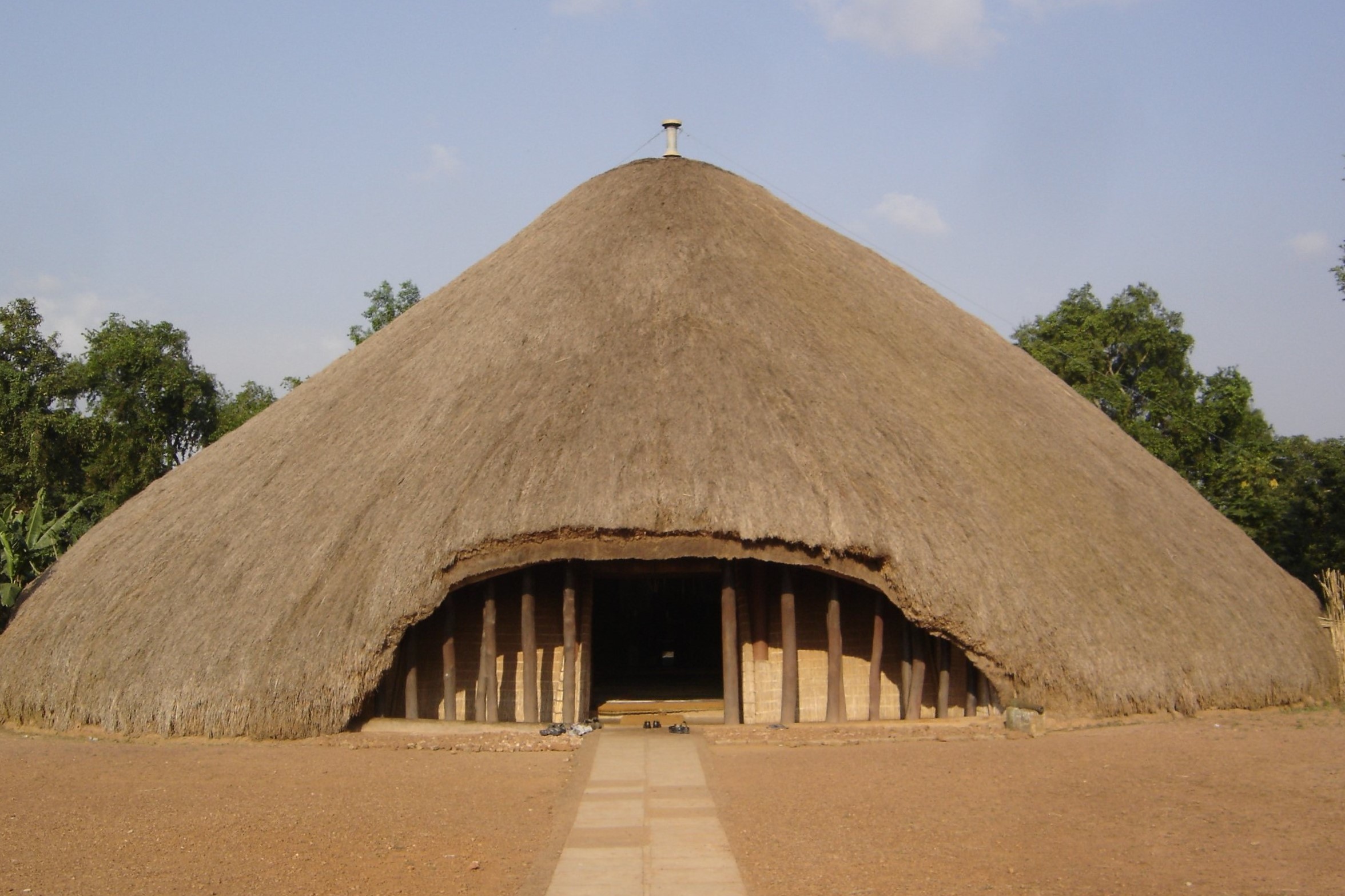Kasubi Royal Tombs: Preserving Uganda’s Cultural Heritage
Nestled on the hills of Kasubi in Kampala, Uganda, the Kasubi Royal Tombs stand as a poignant testament to the rich cultural tapestry and historical significance of the Buganda Kingdom; Steeped in tradition and revered by the local community, these royal tombs have become a symbol of cultural identity and a sanctuary for preserving the legacies of Buganda’s royalty.
History and Origins.
The Kasubi Royal Tombs, a UNESCO World Heritage Site, trace their roots back to the late 13th century when the Buganda Kingdom was founded; The tombs were established as the final resting place for the kabakas (kings) of Buganda, the largest of the traditional kingdoms in present-day Uganda. The site, chosen for its sacred and serene surroundings, holds a unique place in the hearts of the Baganda people.
Architectural Marvel.
The architectural grandeur of the Kasubi Royal Tombs is a sight to behold. The main mausoleum, known as Muzibu-Azaala-Mpanga, is a circular building with a thatched roof, a striking example of traditional Buganda architecture; The thatch is made from the leaves of the Nabagereka (queen mother) palm tree, symbolizing the maternal protection the queen mother provides to the kabaka even in death.
The site also features other structures, including the tombs of the kabaka’s favorite wives, as well as traditional bark cloth houses that once served as royal residences. The entire complex is surrounded by a protective fence, emphasizing the sacred nature of the site.
Cultural Significance.
The Tombs hold immense cultural and spiritual significance for the Baganda people. The site is not only a burial ground but also a sacred space where rituals, ceremonies, and cultural events take place. It serves as a link between the past, present, and future generations, fostering a sense of continuity and identity.
The tombs are closely linked to Buganda’s spiritual beliefs and cultural practices, with rituals performed by the royal family and the kingdom’s spiritual leaders; Visitors to the site often witness traditional dances, ceremonies, and other cultural expressions that reflect the vibrant and living heritage of the Buganda Kingdom.
Preservation Challenges.
While the Kasubi Royal Tombs stand as a testament to Uganda’s cultural richness, they have faced challenges over the years, including a devastating fire in 2010 that destroyed a significant part of the main mausoleum; This tragic event prompted a swift response from the Ugandan government, the Buganda Kingdom, and the international community to initiate restoration efforts.
The restoration process, guided by UNESCO’s expertise, focused on rebuilding the main mausoleum using traditional materials and construction techniques. The community rallied together, contributing to the rebuilding process, showcasing the resilience and determination to preserve their cultural heritage.
Conclusion: – Kasubi Royal Tombs.
The Kasubi Royal Tombs stand not just as architectural marvels but as living embodiments of the Buganda Kingdom’s cultural heritage. Despite the challenges faced over the years, the site remains a beacon of resilience, symbolizing the enduring connection between the past and present; As Uganda continues to develop, efforts to preserve and promote the Kasubi Royal Tombs become crucial, ensuring that the rich cultural legacy they represent is cherished by generations to come.








